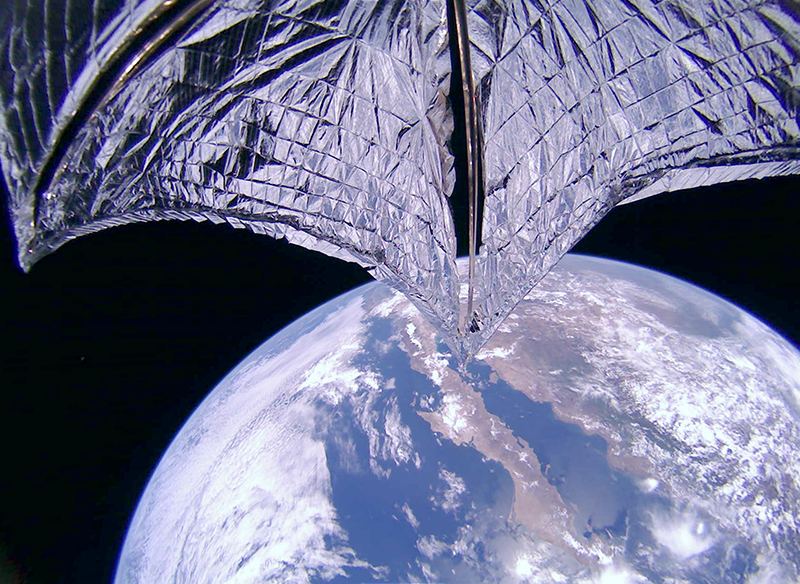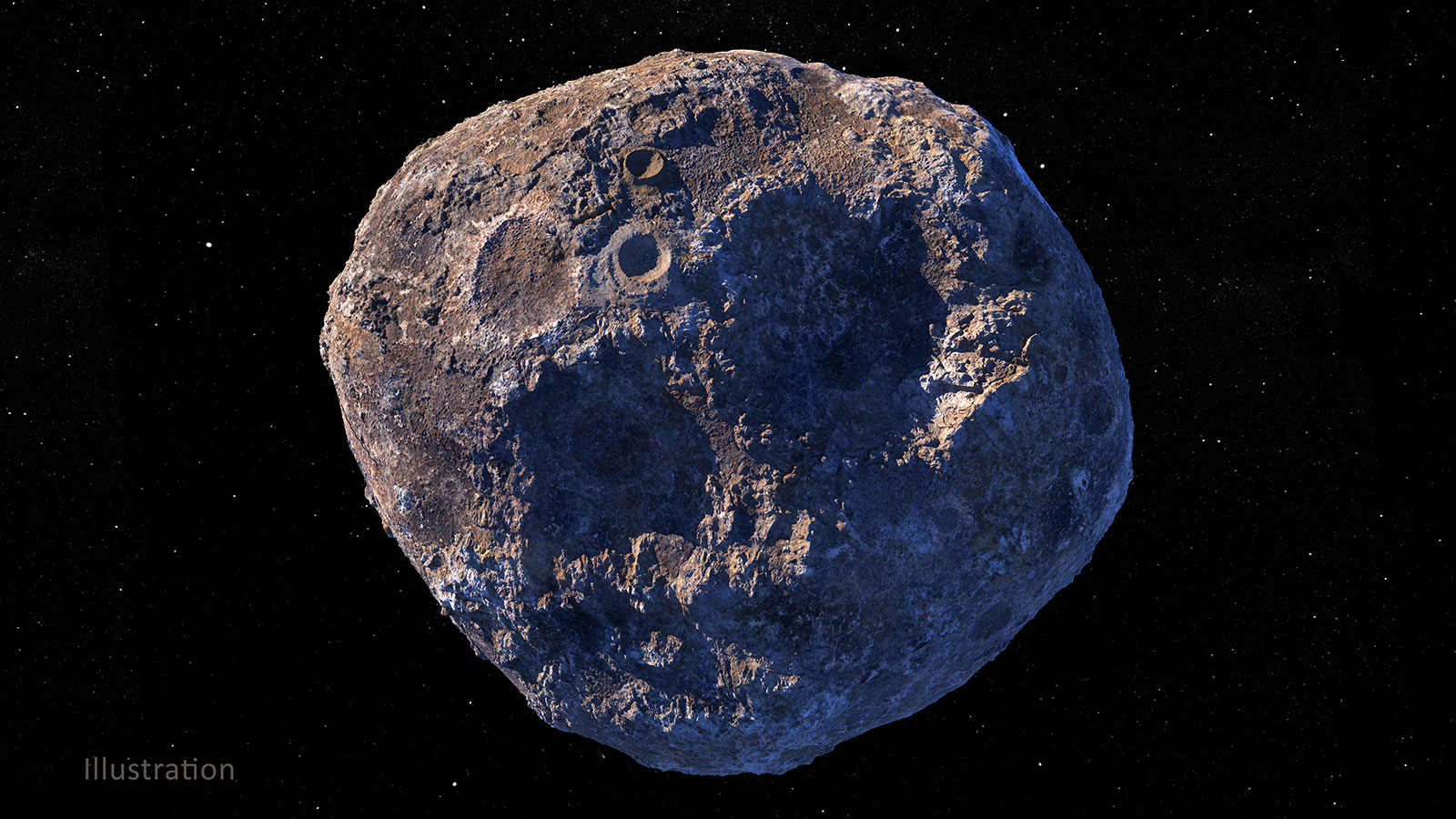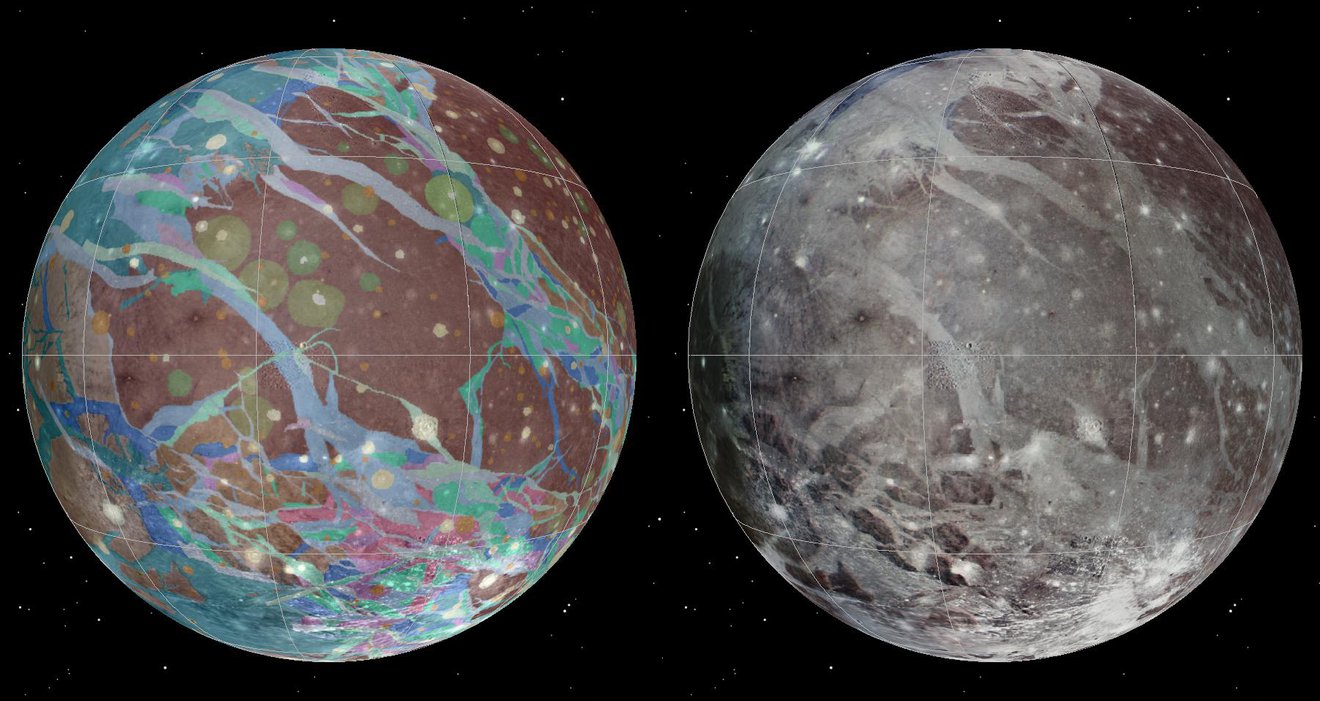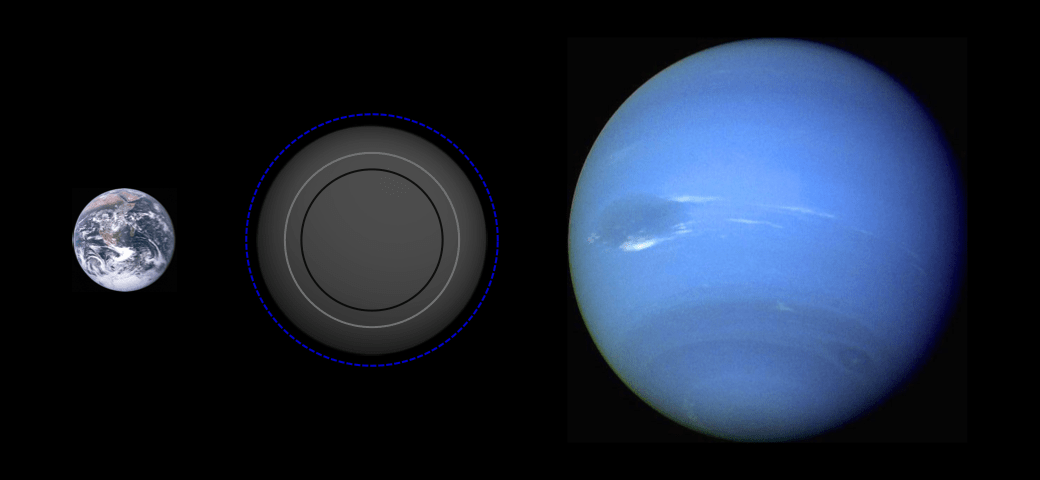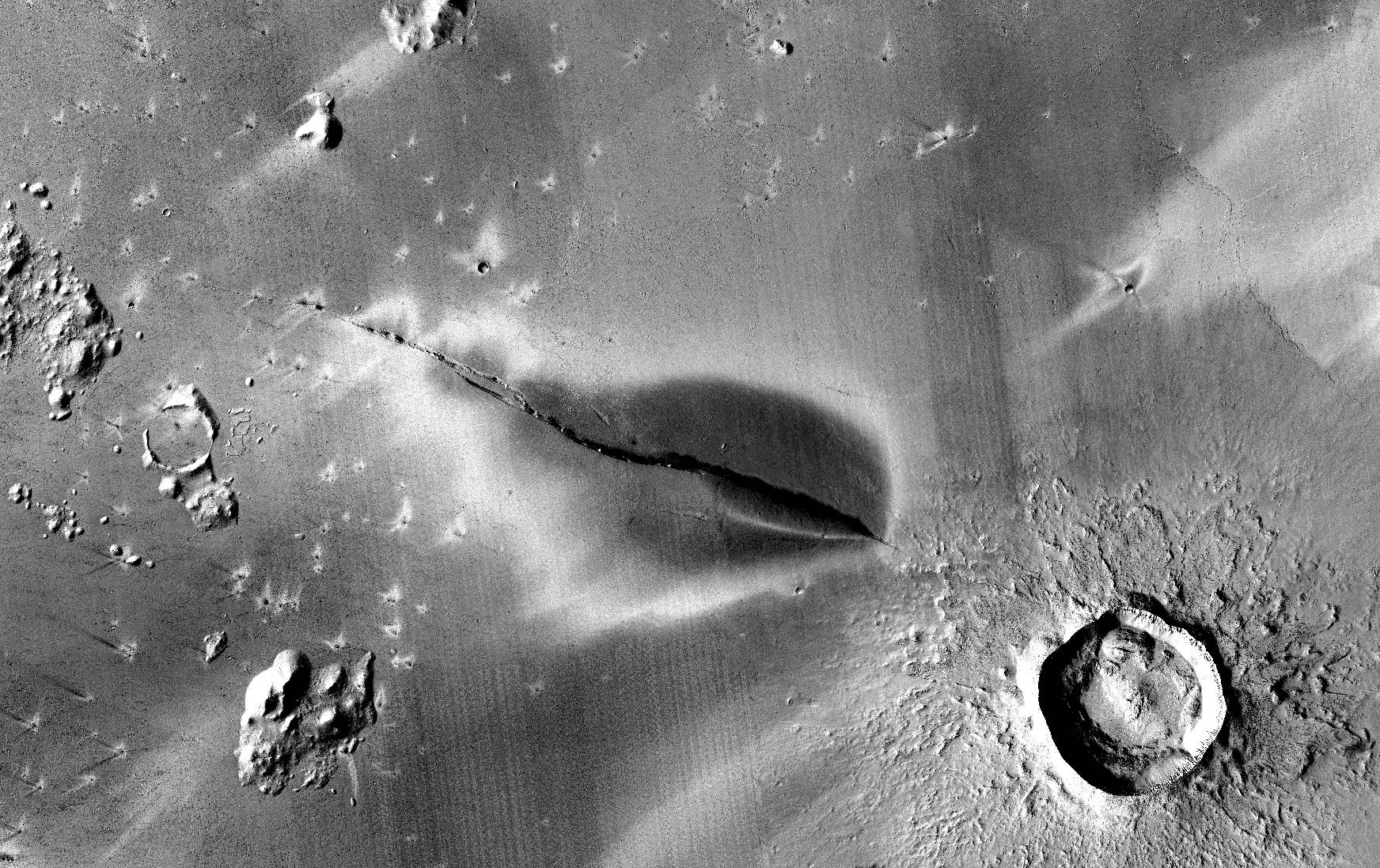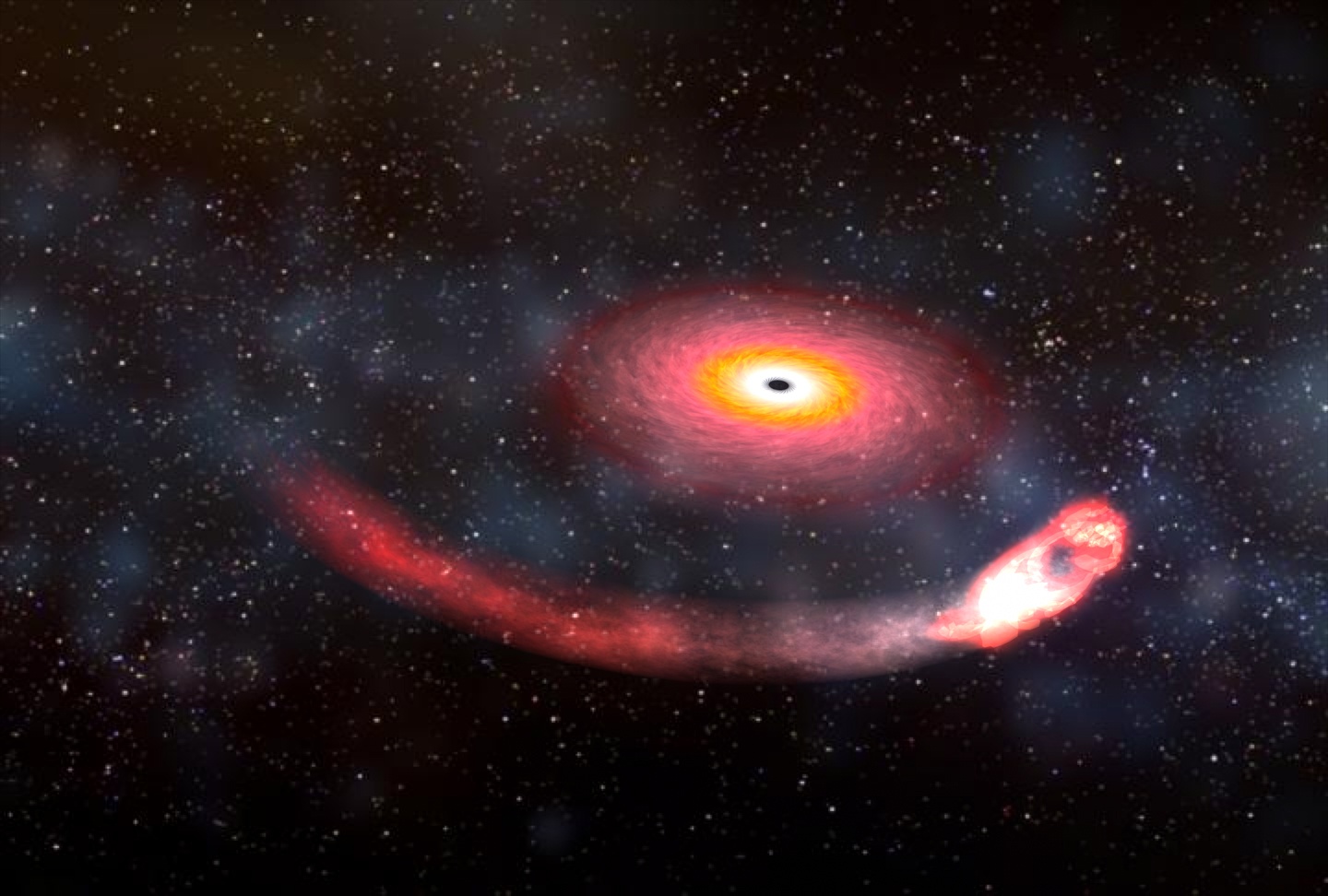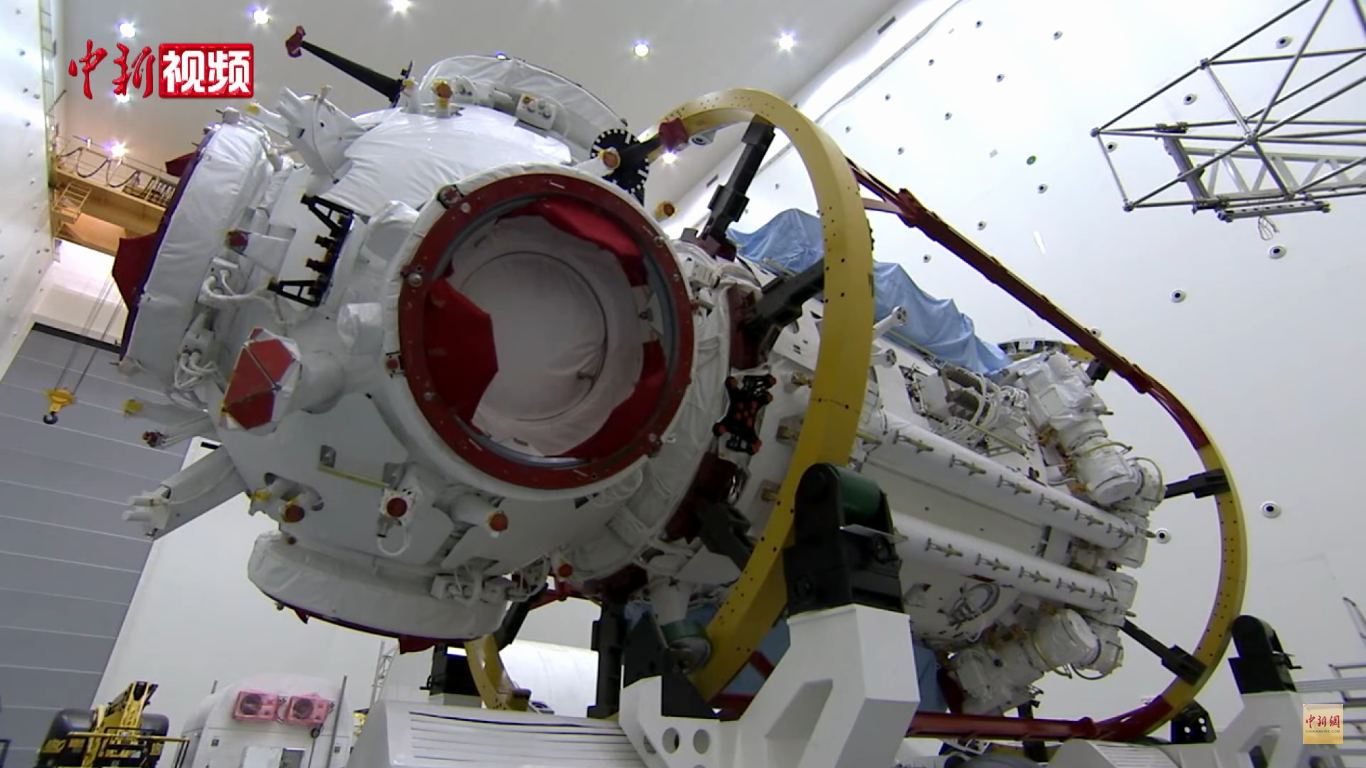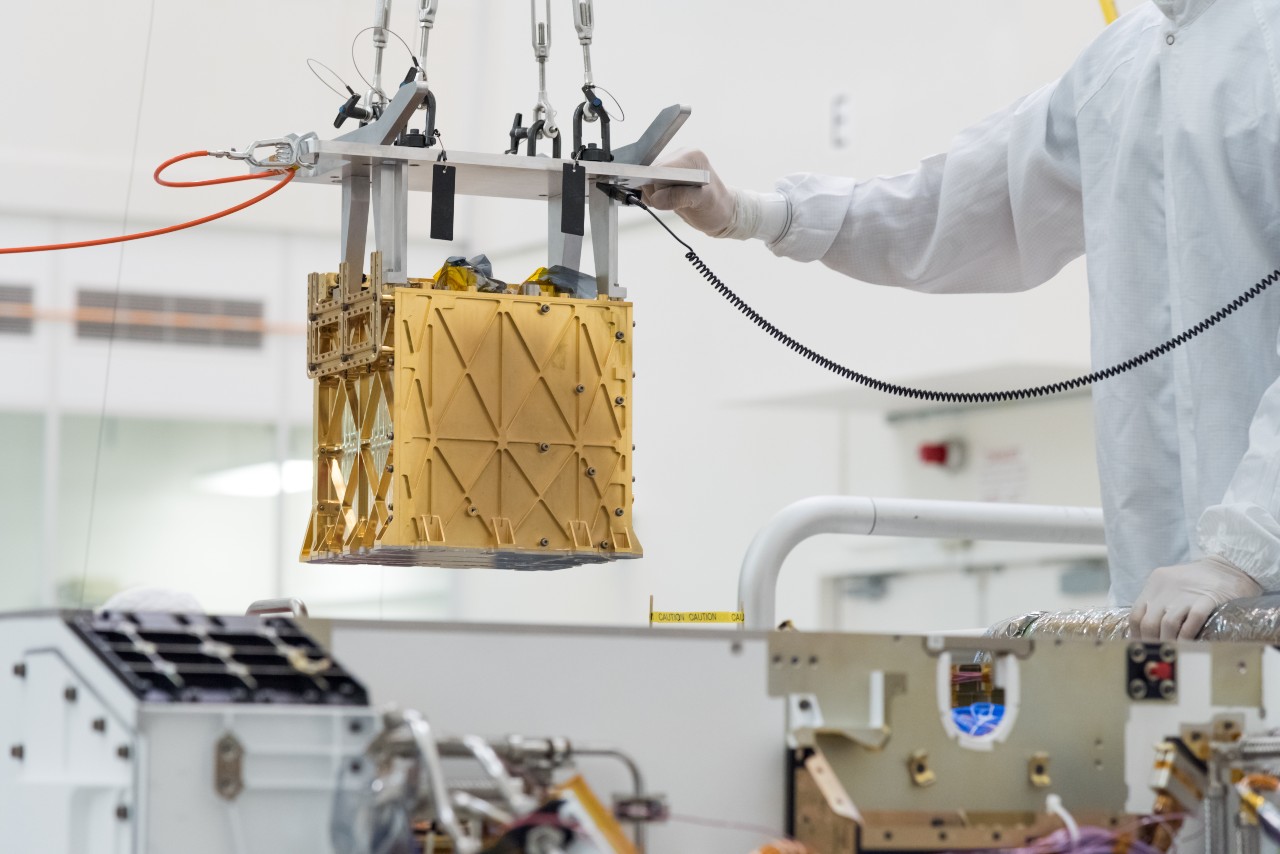The Planetary Society’s crowdfunded solar-sailing CubeSat, LightSail 2, launched on June 25th 2019, and two years later the mission is still going strong. A pioneering technology demonstration of solar sail capability, LightSail 2 uses the gentle push of photons from the Sun to maneuver and adjust its orbital trajectory. Within months of its launch, LightSail 2 had already been declared a success, breaking new ground and expanding the possibilities for future spacecraft propulsion systems. Since then, it’s gone on to test the limits of solar sailing in an ongoing extended mission.
Continue reading “LightSail 2 Has Now Been in Space for 2 Years, and Should Last Even Longer Before Re-Entering the Atmosphere”Asteroid 16 Psyche Might Not be a Solid Chunk of Metal After All, but Another Rubble Pile
Asteroid 16 Psyche, often sensationally dubbed the 10,000 quadrillion dollar asteroid due to its composition of valuable metals, may not be entirely what it seems. A new paper out of the University of Arizona suggests that the asteroid is possibly more porous, and less metallic, than previous studies indicated. It still certainly has a mostly metallic structure, but its composition is more complex – and that’s good news. Given the impracticality of space mining (in the near future anyway) 16 Psyche’s real value is scientific: planetary scientists think it is probably the exposed core of a protoplanet from the early days of the Solar System. Studying such an object up close would be enormously useful for understanding planet formation, and this paper is the latest attempt to understand its structure.
Continue reading “Asteroid 16 Psyche Might Not be a Solid Chunk of Metal After All, but Another Rubble Pile”Next up, Juno has Ganymede in its Sights
NASA’s Juno mission is set for a close encounter with the Solar System’s largest moon, Ganymede, on Monday. This will be the first flyby of the icy world since the Galileo and Cassini spacecraft jointly observed the moon in 2000. New Horizons also got a quick snap of Ganymede as it slingshotted around Jupiter on its way out to Pluto in 2007, but from a distance of 3.5 million kilometers away. Juno’s pass on Monday will get much closer, approaching within 1038 kilometers of the surface.
Continue reading “Next up, Juno has Ganymede in its Sights”Hubble Has Tracked Down the Source of 5 Different Fast Radio Bursts
In a new survey, astronomers using the Hubble Space Telescope have managed to pinpoint the location of several Fast Radio Bursts (FRBs). FRBs are powerful jets of energy that, until recently, had mysterious, unknown origins. The research team, which includes University of California Santa Cruz’ Alexandra Manning and Sunil Simha, as well as Northwestern University’s Wen-fai Fong, performed a survey of eight FRBs, from which they were able to determine that five of them originated from a spiral arm in their host galaxies.
Continue reading “Hubble Has Tracked Down the Source of 5 Different Fast Radio Bursts”Larger Rocky Planets Might be Rare Because They Shrunk
Researchers at the Flatiron Institute’s Center for Computational Astrophysics published a paper last week that just might explain a mysterious gap in planet sizes beyond our solar system. Planets between 1.5 and 2 times Earth’s radius are strikingly rare. This new research suggests that the reason might be because planets slightly larger than this, called mini-Neptunes, lose their atmospheres over time, shrinking to become ‘super-Earths’ only slightly larger than our home planet. These changing planets only briefly have a radius the right size to fill the gap, quickly shrinking beyond it. The implication for planetary science is exciting, as it affirms that planets are not static objects, but evolving and dynamic worlds.
Continue reading “Larger Rocky Planets Might be Rare Because They Shrunk”What’s the Best Way to Water Plants in Space?
Humans have maintained a continuous presence in space on the International Space Station (ISS) for more than 20 years now. It is our longest-running and most comprehensive experiment in long-duration spaceflight. But the ISS is continually supplied with consumables – food, water, and oxygen – so astronauts are largely reliant on Earth. If Humanity is ever going to live and work in space long term, we’re going to have to learn to be more self-reliant – and that means growing food in space.
Continue reading “What’s the Best Way to Water Plants in Space?”Volcanoes on Mars Might Still be Active
Back in March, NASA’s InSight lander detected two large quakes from a geologically active region of Mars called the Cerberus Fossae. Now, using imagery from the Mars Reconnaissance Orbiter, which circles the red planet at an altitude of about 300km, researchers have discovered that the Cerberus Fossae region holds the most recent evidence of volcanic activity ever seen on Mars.
Continue reading “Volcanoes on Mars Might Still be Active”Black Hole-Neutron Star Collisions Could Finally Settle the Different Measurements Over the Expansion Rate of the Universe
If you’ve been following developments in astronomy over the last few years, you may have heard about the so-called “crisis in cosmology,” which has astronomers wondering whether there might be something wrong with our current understanding of the Universe. This crisis revolves around the rate at which the Universe expands: measurements of the expansion rate in the present Universe don’t line up with measurements of the expansion rate during the early Universe. With no indication for why these measurements might disagree, astronomers are at a loss to explain the disparity.
The first step in solving this mystery is to try out new methods of measuring the expansion rate. In a paper published last week, researchers at University College London (UCL) suggested that we might be able to create a new, independent measure of the expansion rate of the Universe by observing black hole-neutron star collisions.
Continue reading “Black Hole-Neutron Star Collisions Could Finally Settle the Different Measurements Over the Expansion Rate of the Universe”China Launches the Core Module of Its New Space Station
Early on Thursday, a Long March 5B rocket – currently the most powerful of China’s space launch vehicles – blasted off from Wenchang, carrying the first major component of an ambitious new modular space station.
The station module, dubbed Tianhe (Harmony of the Heavens), marks the next big step in China’s human spaceflight program in Low Earth Orbit (LEO). Barred from participating in the International Space Station (ISS) by US law, which forbids cooperation in space between the two countries, China has been developing its own LEO capabilities for over a decade now.
Continue reading “China Launches the Core Module of Its New Space Station”Perseverance Successfully Extracts Oxygen From the Martian Atmosphere. About 10 Minutes of Breathing Time for an Astronaut
Humanity achieved an incredible series of new milestones on Mars this week. It began on Monday April 19th, when the Ingenuity helicopter demonstrated the first-ever powered, controlled flight on another world. And now, for the first time, the Perseverance rover has used ingredients from the Martian atmosphere to create breathable oxygen, in a test that might pave the way for future astronauts to ‘live off the land’ on the Red Planet.
Continue reading “Perseverance Successfully Extracts Oxygen From the Martian Atmosphere. About 10 Minutes of Breathing Time for an Astronaut”
